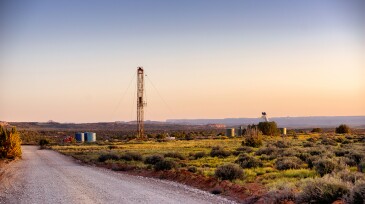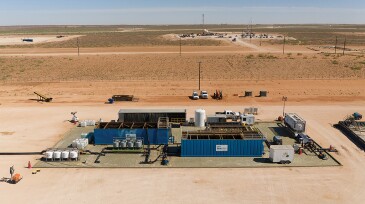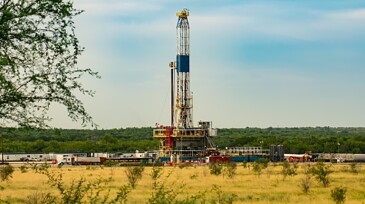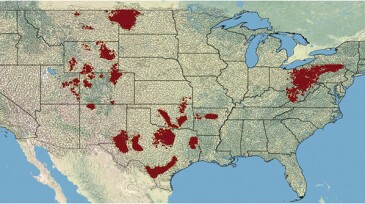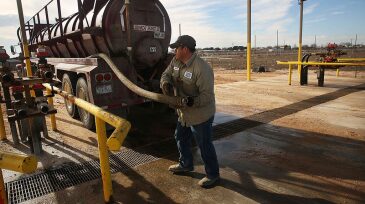flowback water
-
Even though total produced volumes are projected to hit new record highs in the coming years, treated water is expected to be comparatively lower than in the past, despite water disposal practices increasing oilfield seismic activity, with earthquakes nearly doubling in West Texas alone in 2021.
-
When it comes to produced water from US shale plays, it’s either recycle and reuse or throw it away—and both are easier said than done.
-
This paper is the second of a two-part series. It covers facilities problems caused by iron, injectivity problems caused by iron, and the mitigation of colloidal iron-related problems.
-
A review of the properties of iron compounds and their impact in shale produced water treatment with an emphasis on their colloidal forms. A wide range of problems is associated with these compounds in produced water including emulsion stabilization, oil-coated solids, pad formation in separators, pipeline solids, and plugging of water disposal formations.
-
Using a large-sample statistical approach based on publicly available data, the authors of a recent study investigated the potential impact of unconventional oil and gas development on surface water quality.
-
The projects are intended to accelerate the development and commercialization of treatment technologies to reduce waste water that is being injected into disposal wells and increase water supplies for reuse.
-
Permian Basin operators and service companies met to discuss completions diagnostics, flowback strategies, water management, and artificial lift strategies.
-
The well count and completion intensity of US tight oil and gas operations have grown in recent years, and rising pressure from environmental regulations means that produced water management has become a key focus for operators.
-
Oilfield wastewater disposal volumes are expected to double in the Permian Basin within the next 2 to 3 years, a new analysis from global energy intelligence firm Wood Mackenzie shows.
-
An overview of some of the trends and issues related to water management for tight oil and gas are discussed, including environmental, sustainability, and legislative issues associated with water handling for hydraulic fracturing.
Page 1 of 3

